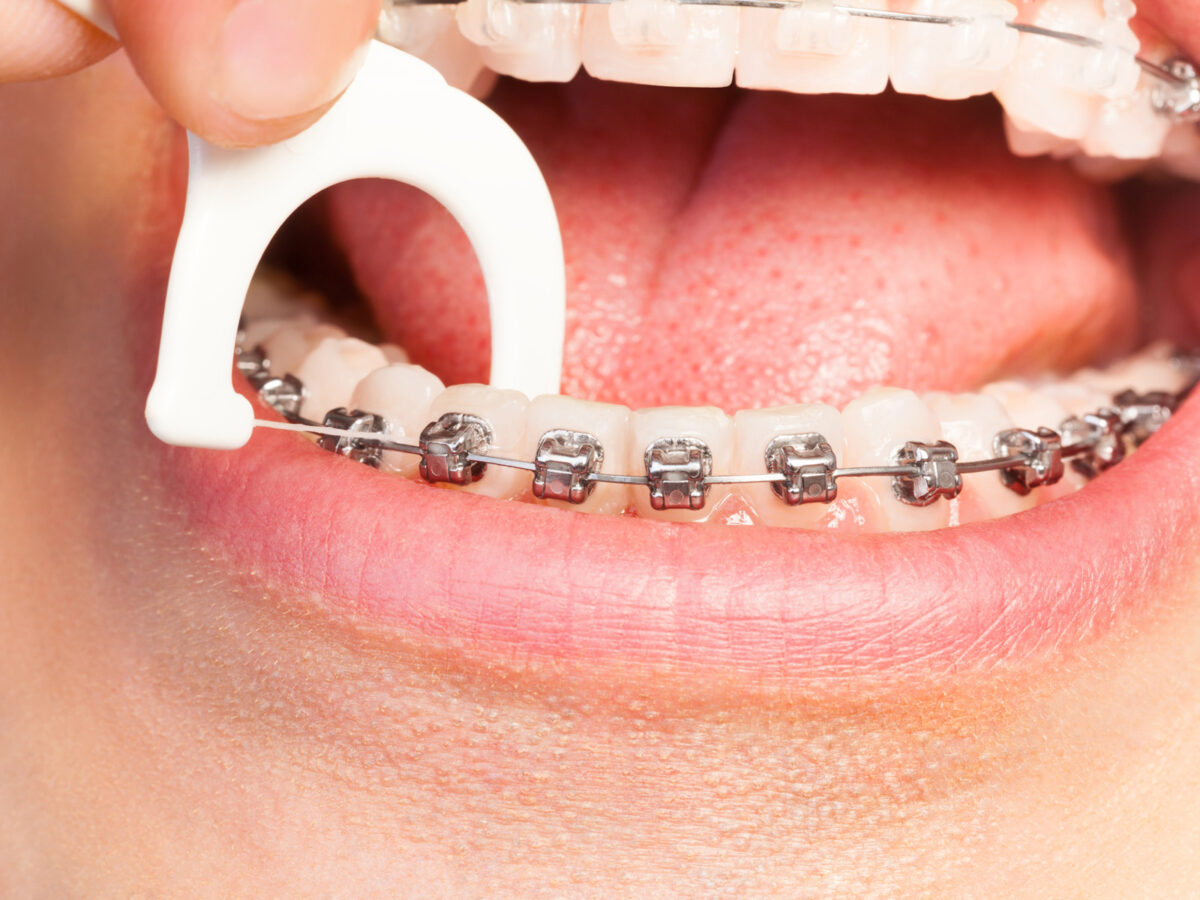Blog
Dental hygiene tips for healthy teeth & gums

The Best Ways To Floss With Braces
Maintaining good oral hygiene becomes paramount when you have braces. Braces can create tiny spaces that make cleaning your teeth more challenging. Knowing how to floss properly with braces is essential for comprehensive oral hygiene. While flossing with braces might seem daunting, this article will guide you through the process, ensuring your teeth remain healthy and your braces function effectively.
Best Ways to Floss with Braces
When undergoing orthodontic treatment, dental floss becomes indispensable. Braces can create gaps between teeth that are prone to accumulating bacteria and food particles. To maintain healthy gums, flossing is essential. Modern tools like orthodontic floss threaders and super floss offer alternatives to traditional flossing methods, which can be cumbersome.
Orthodontic floss threaders allow you to clean beneath your wires and between your teeth without damaging your braces. Super floss, with its sturdy end and regular floss section, is versatile for cleaning around braces. Regular flossing ensures that teeth and gums remain healthy, and free from plaque and tartar buildup throughout the treatment.
Pick the Proper Equipment While Flossing with Braces
Before diving into the techniques, it’s crucial to have the right tools. Using regular dental floss with braces can be challenging.
- Orthodontic Floss Threaders: These are designed for those with orthodontic appliances. Their firm end allows easy threading of the floss under wires and between teeth.
- Super Floss: This thicker floss has a firm end and a standard floss section. The firm end can be used to clean beneath the wires, while the regular end is for cleaning between teeth.
- Interdental Brushes: These small brushes can be used with or without braces to clean spaces between teeth, effectively removing food debris and plaque.
- Floss After Meals: To maintain good oral hygiene with braces, floss regularly, ideally after each meal. This helps remove any food particles trapped in your braces or between your teeth, preventing cavities and gum disease.
Ways to Floss with Braces
- Cut an 18-inch long floss string. This length ensures you have enough to work with as you navigate through your brackets.
- Using orthodontic floss threaders or super floss, thread the floss under the wires of your braces. Carefully move it under your gums and between your teeth.
- Once positioned, use a gentle sawing motion to move the floss between teeth. Avoid snapping or forcing the floss to prevent damage.
- Bend the floss into a “C” shape around each tooth. This allows you to clean the crevices of your teeth effectively.
- Move the floss up and down along the gumline, ensuring plaque and food particles are removed.
Consider Using Water Flossers
Water flossers or oral irrigators can be beneficial for cleaning teeth with braces. They shoot water between teeth and under braces, offering an alternative for those who find traditional flossing challenging. However, they should complement regular flossing as they might not clean every nook and cranny.
Maintaining Routine Dental Exams
With braces, regular dental check-ups become even more crucial. Your dentist and orthodontist can monitor your oral health, adjust your braces, and guide you on effective brushing and flossing techniques. They might also recommend other tools or methods based on your needs.
Conclusion
While flossing with braces might seem challenging initially, with the right tools and techniques, it becomes manageable. Regular flossing plays a pivotal role in maintaining oral health during orthodontic treatment. Always consult your dentist or orthodontist with any questions or concerns.


